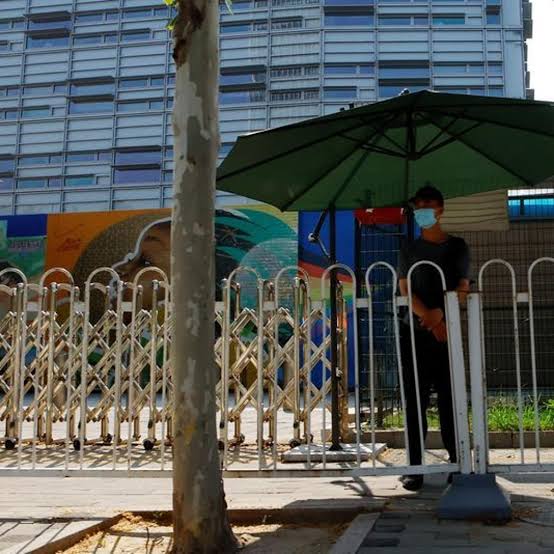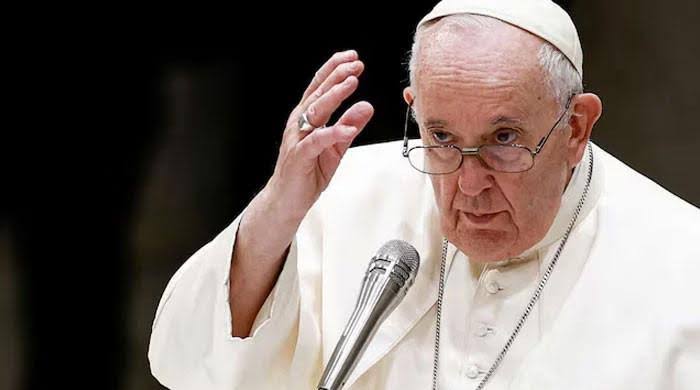On Thursday, Taiwan’s President Lai Ching-te supervised the inaugural civil defense exercises conducted by his newly established social resilience committee, which focused on responding to significant disasters such as tsunamis or assaults on vital infrastructure.
The exercise took place in Tainan, a city in the south, and was organized by Lai’s Whole-of-Society Defence Resilience Committee, formed last year to enhance preparedness for natural disasters and potential threats, including military actions from China, which claims the self-governing island as its territory.
After observing parts of the drills, Lai addressed the participants, noting that these were the committee’s first live exercises, involving approximately 1,500 individuals, with additional drills planned for next month.
“The goal is to strengthen the resilience of Taiwanese society in the face of major natural disasters or significant incidents that could result in numerous injuries, as well as to respond to regional geopolitical shifts. We cannot afford to be unprepared,” he stated.
He emphasized the importance of readiness, quoting, “As the saying goes, prevention is better than cure. We should not depend on the enemy’s absence but rather on our own preparedness to confront any challenges.”
Lai expressed hope that through a combination of military strength and societal resilience, Taiwan could secure its safety and promote peace by showcasing its capabilities.
Shortly after his remarks, Taiwan’s defense ministry reported that China had conducted another “joint combat readiness patrol” around the island, involving 28 fighter jets, drones, and other aircraft, along with naval vessels.
The Tainan drills included scenarios such as a tsunami triggered by a significant offshore earthquake and simulated “explosions” at a passenger port terminal, focusing on evacuating victims to triage centers and establishing emergency response command posts.
In the exercise, casualties were positioned on the ground for treatment, while officials utilized large whiteboards to monitor their care, track fatalities, and assess injury levels.
Although Taiwan’s military, which plays a crucial role in responding to disasters such as earthquakes, was not directly engaged, it did provide equipment for the establishment of outdoor operating theaters and other medical facilities.
The drills were also attended by the de facto ambassadors from the U.S., European Union, Poland, and India to Taiwan, along with other high-ranking foreign diplomats from countries including Britain, Singapore, Japan, Israel, Canada, and Australia.
See more: The Head of the UN Migration Agency Anticipates that Budget Reductions will Intensify in 2026.
Situated on active fault lines, Taiwan frequently experiences earthquakes and typhoons. However, its well-developed disaster response plans typically result in low casualty rates, despite a devastating 7.3 magnitude earthquake in 1999 that claimed over 2,000 lives.





